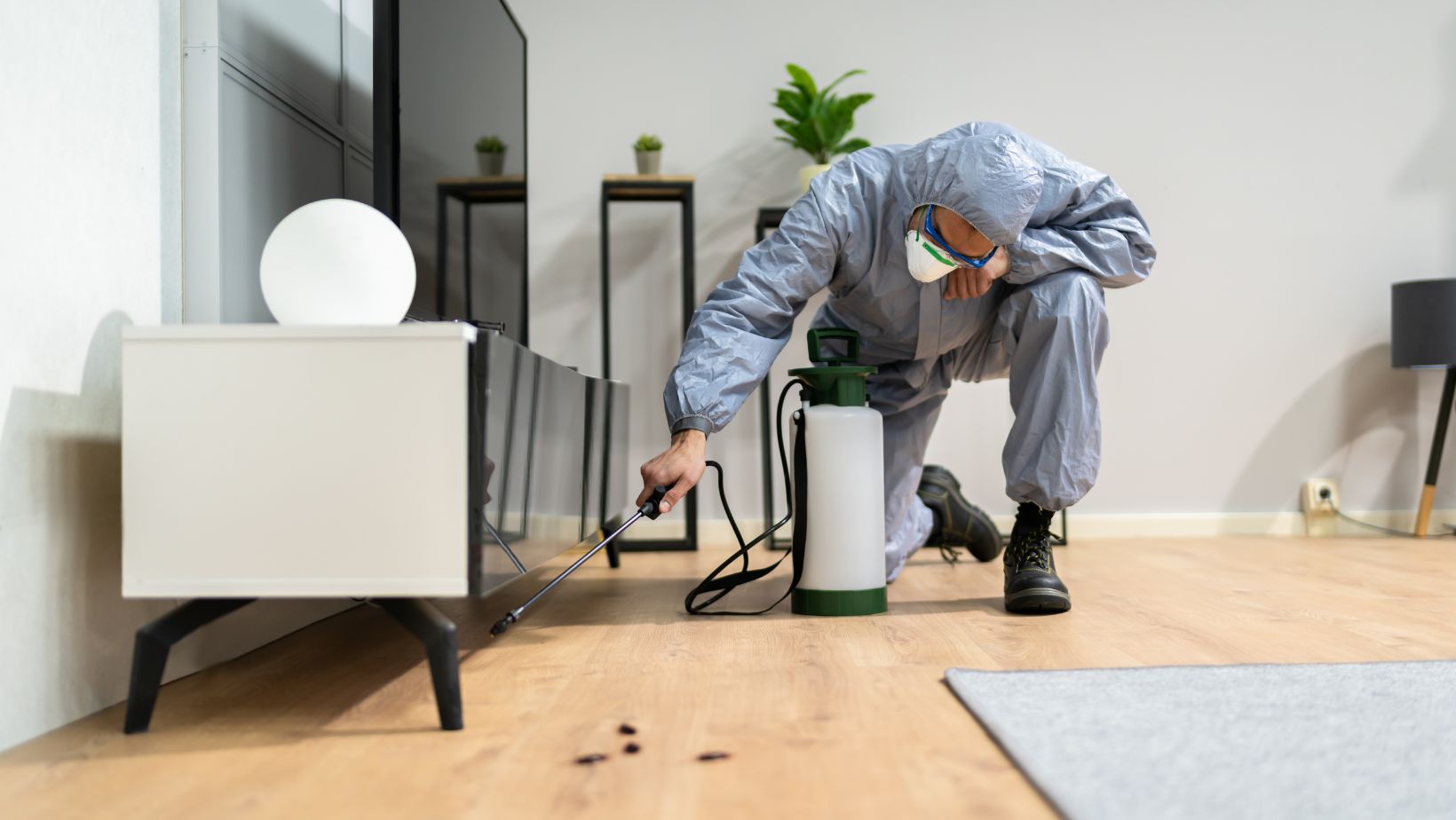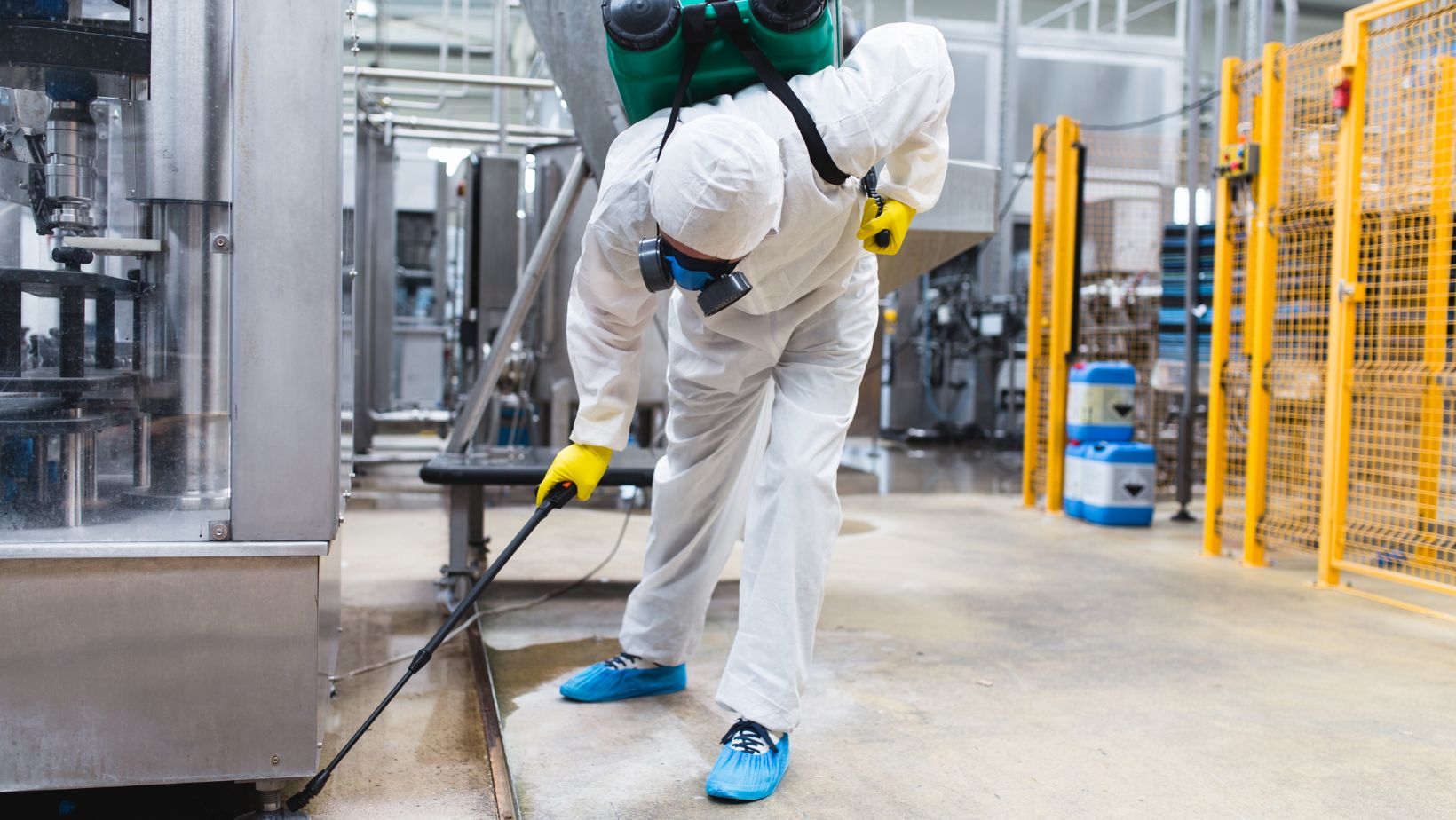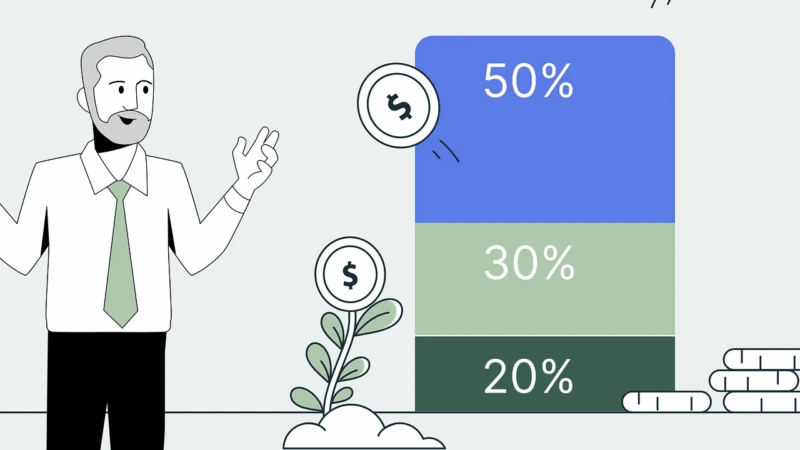
Picture this-your thriving business, bustling with activity, and a sudden, unwanted guest shows up. No, it’s not a surprise visit from a client; it’s a pest.
Whether it’s a rodent scurrying across the floor or a trail of ants marching through your storeroom, pests can significantly tarnish your business’s reputation and even pose health risks. In this guide, we’ll explore practical tips and tricks for long-term prevention in commercial pest control and residential pest control.
Effective Sanitation Practices
Sanitation is your first line of defense against pests. Regular cleaning routines can drastically reduce the likelihood of an infestation.
Daily Cleaning Routines
Establish daily cleaning routines that include sweeping, mopping, and wiping down surfaces. Pay special attention to food preparation and storage areas.
Proper Waste Management
Ensure that waste bins are emptied regularly and are kept clean. Use sealed containers for food waste to prevent attracting pests.
Regular Deep Cleaning
Schedule regular deep cleaning sessions to target areas often overlooked in daily routines. This includes cleaning behind appliances and inside cupboards.
Sealing Entry Points
Preventing pests from entering your commercial space is crucial. Even the smallest cracks can serve as entry points.
Inspecting Your Property
Conduct a thorough inspection of your property to identify potential entry points. Pay attention to doors, windows, and utility openings.
Using Caulk and Sealants
Use caulk and sealants to close off small cracks and gaps. For larger openings, consider using steel wool or hardware cloth.
Installing Door Sweeps
Door sweeps can effectively block the gap between the door and the floor, preventing pests from sneaking in. They are easy to install and maintain.
Utilizing Professional Pest Control Services
Sometimes, professional help is necessary for effective pest control. Here are some tips for pest treatment services.
Regular Inspections
Schedule regular inspections with professional pest control services to identify and address any issues before they become severe. Visit us to learn more about pest solutions.

Integrated Pest Management (IPM)
Integrated Pest Management is a comprehensive approach that combines various pest control methods. It focuses on long-term prevention and minimal use of chemicals.
Monitoring and Maintenance
Prevention doesn’t stop once the initial measures are in place. Continuous monitoring and maintenance are essential.
Setting Up Monitoring Stations
Use monitoring stations to track pest activity. These can be traps or electronic monitoring devices designed to alert you to the presence of pests.
Regular Follow-Ups
Regular follow-ups ensure that your pest control measures are effective. Adjust your strategies based on the findings from your monitoring stations.
Staff Training
Train your staff to recognize signs of pest activity and to follow proper sanitation practices. A well-informed team is your best ally in pest control.
Landscaping and Outdoor Maintenance
The exterior of your property can also attract pests. Proper landscaping and maintenance can help.

Trimming Vegetation
Keep vegetation trimmed and away from your building. Overgrown plants can serve as bridges for pests to enter your property.
Managing Outdoor Waste
Ensure that outdoor waste bins are securely closed and regularly emptied. Piled-up waste can attract rodents and other pests.
Water Management
Address any standing water issues, as they can attract pests. Ensure that gutters and drains are functioning correctly.
Use These Tips on Commercial Pest Control
Long-term pest prevention in commercial spaces is not just about taking action when you see a pest. It’s about creating a comprehensive strategy that integrates sanitation, maintenance, and professional services.
By following the tips and tricks outlined in this guide, you can ensure a pest-free environment for your business. Start implementing these strategies on commercial pest control today!
If you want to read more articles, visit our blog.










